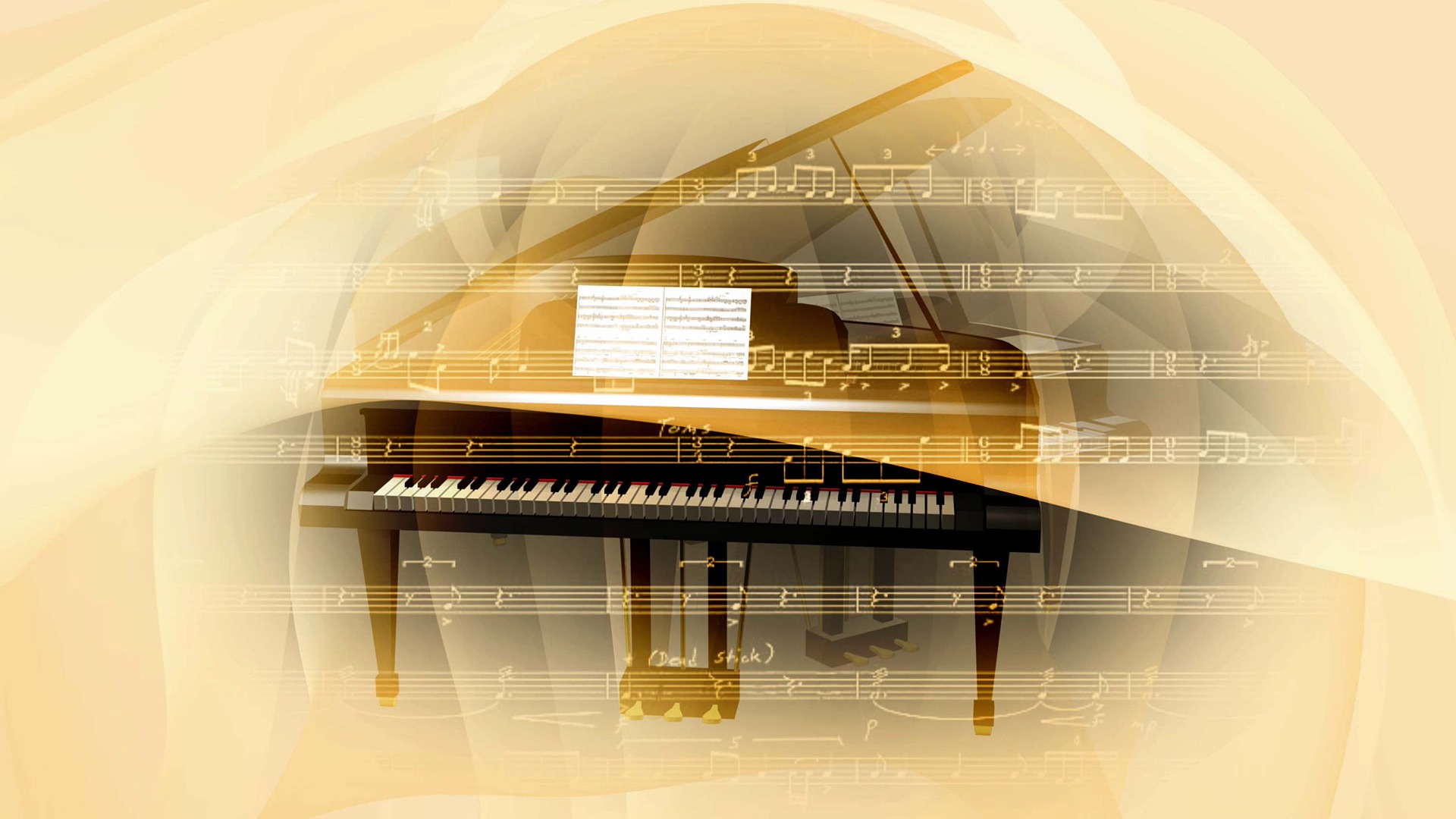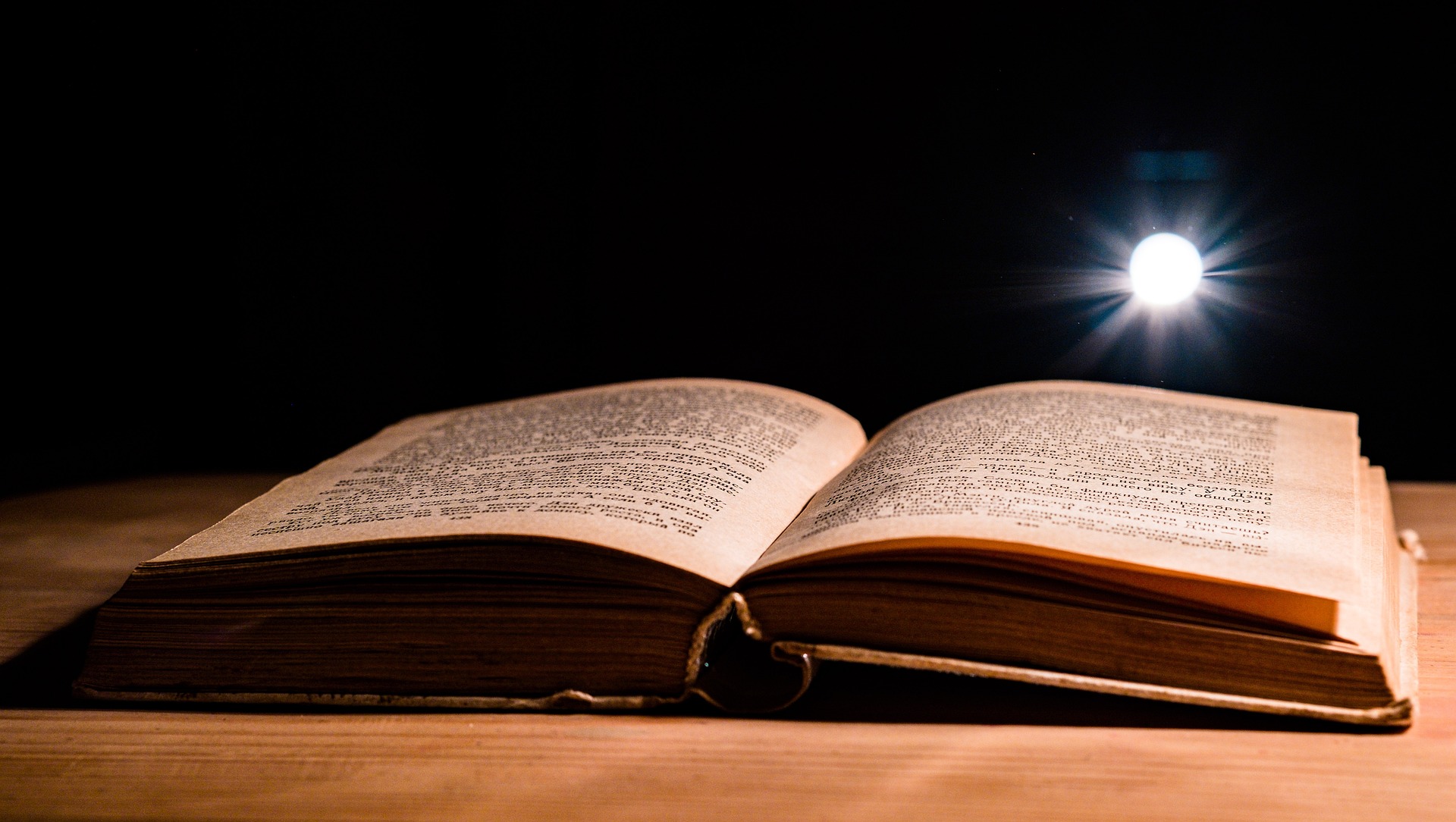
Kluczem jest serce – recital fortepianowy Joanny Sitnickiej
2022-12-30
Co tu się porobiło?! www.3dom.pro
2022-12-31Jan Borowski: Another refilling? About the opportunity postmodernism gives us

One of the ideas of postmodernism, that I particularly value, is the diagnosis of literary exhaustion. This exhaustion is related to the decline of the aesthetics of modernism. The postmodern artist ceases to be an idealized figure: no one puts him on a pedestal anymore, no one adores him or sees him as a prophet. This metamorphosis, in turn, opens the way to the renewal of the somewhat forgotten ideal of creativity as a service, whose sources can be found in the centuries-old Christian tradition.
The text comes from issue 1/2021 of "Rylec”.
Diagnosis
In terms of literature – and this is what I am going to focus on in this text – it is impossible to talk about exhaustion without referring to two great names: Jorge Louis Borges and John Barth. It was Barth, making references to Borges's work, who coined the term "literature of exhaustion". In an essay with that title, he writes the following:
"I do not identify "exhaustion" with such well-worn terms as physical, moral, or intellectual decadence, but only with the wear and tear of certain forms or the exhaustion of certain possibilities - which is not, of course, a cause for despair.[1]"
Right next to this statement there is a whole series of literary references. For example, in one of his short stories, Borges - Pierre Menard, the author of "Don Quixote" - portrays a hero who decided to rewrite the famous story of the Knight of La Mancha, but setting it in contemporary reality. Searching for better and better means of artistic expression, this man encounters a surprising problem. He discovers that any modification would only harm the work, so he decides to simply rewrite it and reissue it. This alone - the mere change of the date of publication - is enough to set the work in a new era and give it a completely different context[2].
Barth argues that the conclusion is simple: the modern novel can only repeat itself, because all the motifs available to it have already been used. She told everything she could, in every possible way. Therefore, it is currently incapable of any innovations. Perhaps the times of the novel are over, just like the ancient tragedy or sonnet cycles. “It is immaterial to me whether a novel survives or perishes; if a large group of critics and writers have a sense of the apocalypse, it becomes a significant cultural fact,” writes Barth. Immediately afterward, he adds, with his usual irony, that "one way of dealing with such a feeling might be to write a novel about it."[3] The death of the novel itself does not seem to be a particular problem - if it is to happen, it will in fact happen. However, it is a good excuse to raise another issue: originality.
Borges' work would imply that no writer can claim originality. They are all merely interpreters and commentators of pre-existing archetypes. This view is further substantiated and developed by Barth a few years later in the essay The Literature of Replenishment:
"My essay The Literature of Exhaustion, it seems to me now, was really about the actual exhaustion not of language or literature, but of the aesthetics of high-end modernism: an admirable and irresistible program, but essentially complete, which Hugh Kenner called "the Pound era.[4]"
However, as he points out, this did not prevent the emergence of postmodern fiction, which is by no means worse than its predecessor. Being aware of the changing realities and requirements, its authors do not strive to create "the second best after modernism (next-best), but the best next (best next)."
A glance at postmodern fiction shows that its authors have indeed found the right solutions. On the example of Umberto Eco and his "Name of the Rose", you can see how by combining pre-existing motifs and stories, you can create a completely innovative work. In his novel, the author refers to the Labyrinth of Borges, and the character of the librarian is called in his honor Jorge of Burgos. Although Eco was clearly aware of the exhaustion of literature[5], it did not prevent him from creating it.
By the way, this confirms the intuition of Borges himself, who was rather critical of the concept of exhaustion. Namely, he claimed that it is impossible to exhaust not only literature, but even a single book. It is not an isolated system of signs. Its meanings remain in motion. "One literature differs from another, later or earlier, not so much in its text as in the way it is read.[6]" That is why Borges defines the "exhaustion" thesis as a natural tendency "to deal with metaphysics and the arts of a kind of combinatorial game"[7].
The art of storytelling from the very beginning was based on repetition, which, however, need not be called exhaustion. We will see it clearly if we try to find its sources in folk tales passed from mouth to mouth. Everyone had heard them many times, and still wanted to hear them again and again and again and again.
A mature artist who is aware of this repetition can try to deal with it in many ways. It becomes clear, however, that the ultimate ideal cannot be misunderstood originality, chasing after nothing new, and ultimately striving to exalt the author himself. The creator's task should therefore be only (or as much as - because this is by no means a depreciating role) to combine motifs in a way that will answer the questions posed by the man of the era.
Christian ideal
The creativity of postmodernists, as recalled by Barth, has its roots in opposition to the ideals of modernism, which seemed exhausted. However, in this trend, the perception of the crisis resulted in a turn towards cynicism and irony rather than looking for a solution at the source. Perhaps that is why there are more and more voices that postmodernism in the final analysis turned out not to be a cure for modernism, but only its new version. It seems, however, that there is a more perfect way that will allow us to deal more effectively with this exhausted ideal. We are talking about the union of art and service - to which the Christian theology of creativity clearly leads us.
So let's look at Christian art for a moment where it is at its very best - in the sphere of the sacred. We know that many authors of religious masterpieces (especially the old ones) remain unknown to us by name. This does not mean, however, that they were not universally respected. Evdokimov writes about the extraordinary role played by iconographers in the Orthodox Church[8]. Due to the extraordinary, theological dimension attributed to the icon in Orthodoxy, their opinion on the truths of faith often had more weight than the words of learned theologians. The merit and sign of the great humility of the iconographers was, above all, the creation of completely anonymous works in the privacy of the monastery, whose only function was to lead souls to the depths.
If this humble anonymity came easily to them, two factors must have contributed to it: first, the atmosphere of religious renunciation among the monks, including self-denial; secondly, the repetition and limited number of iconic motifs, which did not allow for too far-reaching creativity or originality.
However, an important point must be made here. The Christian ideal is not about reducing creativity to an efficient workshop and methodical work, completely ignoring the author's element. Not at all - even the "monks' "work , although it is an extreme case, does not go that far. Still, it is the author who is the instrument used by God. Depending on what his relationship with Him looks like and what aspirations fill his soul, creativity will look different. If art is to respond to human needs (and this is its original task), it must undergo a certain anthropomorphization. It must have a certain human, authorial character so that we are able to see in it (on the basis of mimesis) similarity to ourselves.
In this respect, authenticity, that is, conveying your sincere feelings and view of the world, is an inseparable element of any creative work. One should beware only of its distortion, consisting in adopting an egocentric creative perspective. Authenticity understood in this way became an artistic ideal only in the period of Romanticism, thanks to the writings of Herder and other theoreticians of the era[9]. Of course, sincerity and faithful expression of one's own experiences in art were valued already in previous centuries - that is why Foucault could see the sources of authenticity (the one properly understood) in Christianity and its pastoral model of power[10].
The voice of the masters
Art, however, has never actually ceased to fulfill its ancillary function. The theological view of literature, and poetry in particular, shows that almost every author is going to the depths (which can be directly called God), sometimes even unconsciously[11]. In this way, the creator serves both himself and the recipients, through his work he gives them access to spiritual realities and allows him to satisfy metaphysical needs.
This is because, as Tertullian wrote, the human soul is by nature Christian. This does not mean that she is born fully perfect. Only a clearly defined direction of growth is included in it. Without the help of revelation, however, it is almost impossible to follow it, because of the mind-deceiving hubris (hybris), the poor fruit of which is best seen in the philosophy of pagans[12]. Similarly, Andrei Tarkovsky pointed to pride as the main factor degenerating contemporary art:
“The hubris (hybris) of contemporary artists can only be exposed by comparing them with the humble builders of Chartres Cathedral, whose names we do not even know. An artist should be distinguished by selfless devotion to service, but we have long forgotten this”[13].
He added that the real task of art is to fertilize the soul and prepare it for death, to make it capable of doing good[14]. It is not only about the soul of the recipient, but also - and perhaps above all - about the soul of the artist himself. He is the one who, with his search, sets an example for others, who shows them his own way to the depths. It is the right kind of authenticity without which there is no ministry. Józef Czechowicz put it perfectly:
“For poets, there is no other way than to create before God. If you don't write as if you were alone with Him, there's no point in writing. It is an idle toy to write otherwise. A toy all the more terrible that it would resound in the void”[15].
The question arises whether this approach to art should be made a creative postulate. Certainly, such an approach to the matter would allow at least some authors to avoid fatal pride. However, as it was mentioned above, artists, regardless of the adopted postulates, will still reach out and lead others to the depths.
Although the awareness of this mission may lead to its more perfect fulfillment, it should not be forced in any way. Above all, it is important that art should not be deprived of that original naturalness which, to paraphrase Tertullian, leads the soul to the truth. Therefore, dealing with works that are the fruit of creative pride, we would do better if, in accordance with the teaching of the Fathers of the Church, we try to find "seeds of salvation" in them, than if we start criticizing them on the spot.
Afterword
Similarly, I do not see the need for a frontal critique of postmodernism at every possible opportunity. For us, it is an existing reality, which, however, faces certain specific problems. Postmodernism often poses difficult and pertinent questions, but cannot provide a satisfactory answer on its own. The solutions offered by Christianity are, I believe, much more accurate, more relevant, although often dusty or ridiculed. Therefore, our role, the role of modern Christians, remains to bring to light the eternal truths and teachings of the old masters. It is not enough for us to delight in them ourselves - we also need to let the world.
Jan Borowski
Translation: Sebastian Waldemar Wierzbicki
[1] John Barth, Literatura wyczerpania, trans. Jacek Wiśniewski, in: Nowa proza amerykańska. Szkice krytyczne, edited by Zbigniew Lewicki, Warsaw 1983, p. 38.
[2] Apologizing for such a gross simplification, I refer the reader to the collection of short stories Fikcje (Warsaw 1972).
[3] Ibid., p. 48.
[4] John Barth, The Literature of Replenishment. Postmodernist Fiction, in Id., The Friday Book. Essays and Other Non-Fiction, London 1984, p. 206.
[5] Cf. Umberto Eco, O literaturze. Eseje, trans. Joanna Ugniewska and Anna Wasilewska, Warsaw 2003
[6] At this point, it is worth noting the similarity to the concept of an open work by the already mentioned Umberto Eco. It postulates that the reader, reading a given work, creates it anew, understanding it through his own interpretation schemes.
[7] Jorge Luis Borges, Dalsze dociekania, trans. Andrzej Sobol-Jurczykowski, Warsaw 1999, pp. 230-231.
[8] Paul Evdokimov, Poznanie Boga w Kościele wschodnim, trans. Alina Liduchowska, Cracow 2000.
[9] Cf. Charles Taylor, The Ethics of Authenticity, Cambridge, Massachusetts and London 2003.
[10] Magdalena Żardecka-Nowak, Autentyczność zawiedzionych nadziei, czyli o wygasaniu pewnego moralnego ideału w ponowoczesnym społeczeństwie masowym, "Logos i Ethos" No. 1/2012 (32), p. 95.
[11] Cf. Michał Gołębiowski, Bezkres poranka. O teologii poetyckiej i teologiach kontrkultury, Kraków 2020.
[12] Dariusz Karłowicz, Sokrates i inni święci, Warsaw 2020, p. 59.
[13] Andrey Tarkovsky, Sculpting in Time, interviewed by Hunter-Blair Kitty, Austin 1987, p. 89.
[14] Ibid., p. 43.
[15] From: Dorota Kobylska, Między współczesnością a pragnieniem Boga. O poezji Józefa Czechowicza, "Prace Poloniczne" 1996, series LI, p. 164.




